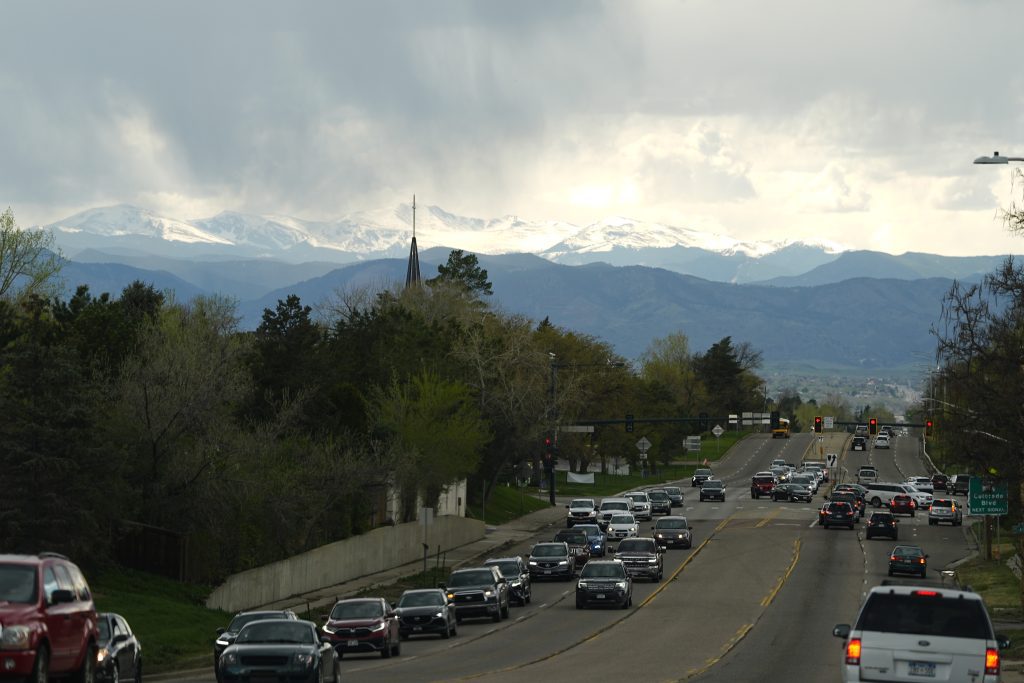The consequences of a “snow drought” are still affecting some areas of the West, following a period of warm and dry weather last month that caused the snow to melt faster, according to federal meteorologists.
Although California’s Sierra Nevada has gotten enough snow this season to avoid being labeled as such, the same cannot be said for regions in the northern Rocky Mountains and Washington State. to an update issued Wednesday.
In those areas, which are enduring “the most severe snow drought,” snow at many lower elevations has melted earlier than usual, by one to four weeks, according to the National Oceanic and Atmospheric Administration (NOAA) and the National Integrated Drought Information System (NIDIS).
“Western snowmelt season is well underway,” the meteorologists stated.
NOAA and NIDIS define a “snow drought” as a period in which there are abnormally low levels of mountain snow accumulation, or snowpack, which serves as a water reservoir for much of the West during the spring and summer seasons.
Meanwhile, a period of warm weather and dry conditions in mid-April triggered what the meteorologists described as “rapid snowmelt in the Southwest, especially in southern Colorado and New Mexico.”
Measurements at about 45 percent of U.S. West stations that monitor snow-water-equivalent — the amount of water contained in snowpack — were lower than the 1991-2020 median as of May 5, according to the NOAA and NIDIS update.
While concluding the snow drought has expanded in parts of the West due to the early and rapid snowmelt, the meteorologists stressed that “conditions are evolving.”
“Tracking snow drought during this time period helps to evaluate potential impacts to summer water supply, soil moisture and vegetation conditions,” they added.









